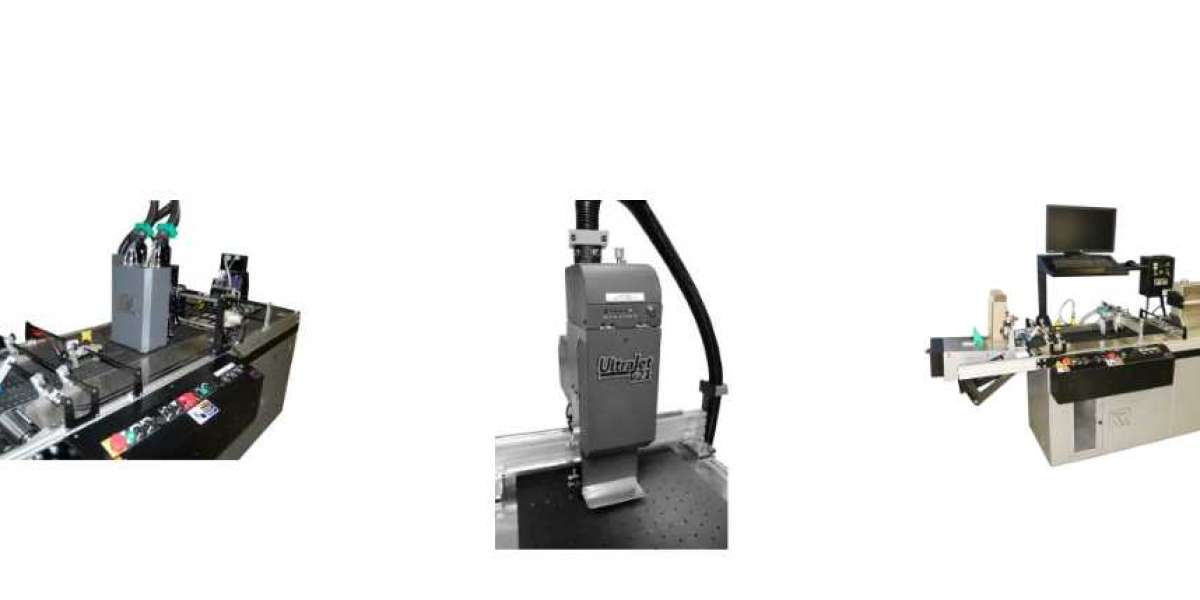In today's fast-paced and technology-driven world, vision systems have emerged as invaluable tools, revolutionizing the way industries operate. These sophisticated systems utilize advanced imaging technology, artificial intelligence, and machine learning algorithms to perform a wide range of tasks, from quality control and automation to security and healthcare. In this article, we will delve into the world of vision systems, exploring their technology, applications, advantages, and their impact across various industries.
Understanding Vision Systems
Vision systems, often referred to as machine vision systems, are a combination of hardware and software designed to replicate human vision and perception. These systems use cameras, sensors, and computers to capture, process, and interpret visual information from the environment. The primary components of a vision system include:
Cameras: High-resolution cameras are used to capture images and videos of the subject or environment.
Sensors: Various sensors, such as infrared sensors, 3D scanners, and thermal imaging devices, can be integrated to provide additional data.
Processing Units: Vision systems rely on powerful processors and specialized software to analyze and interpret visual data.
Algorithms: Machine learning and computer vision algorithms enable the system to make intelligent decisions based on the visual input.
Applications of Vision Systems
Vision systems find applications in a wide range of industries and are integral to automating processes, improving quality control, enhancing security, and advancing healthcare. Some notable applications include:
Manufacturing: Vision systems are used for quality control in manufacturing, inspecting products for defects, ensuring accurate assembly, and guiding robotic arms in tasks like pick-and-place operations.
Automotive Industry: In the automotive sector, vision systems are employed for automated driver assistance systems (ADAS), lane departure warnings, parking assistance, and vehicle inspection during production.
Healthcare: Medical imaging systems, including X-ray and MRI machines, utilize vision technology for diagnosis and treatment planning. Robotic surgery also benefits from precise visual feedback.
Agriculture: In agriculture, vision systems are used for crop monitoring, yield prediction, and automated harvesting, contributing to sustainable and efficient farming practices.
Security and Surveillance: Vision systems play a pivotal role in security and surveillance applications, detecting intrusions, monitoring traffic, and analyzing video footage for criminal investigations.
Retail: In retail, these systems are employed for inventory management, shelf stocking, and cashierless checkout, enhancing the overall shopping experience.
Advantages of Vision Systems
Precision and Accuracy: Vision systems can perform repetitive and complex tasks with unparalleled precision and accuracy, reducing human error and increasing product quality.
Efficiency: By automating processes that would be time-consuming for humans, vision systems improve efficiency, reduce production costs, and increase throughput.
24/7 Operation: Vision systems can operate continuously, providing round-the-clock monitoring and data analysis, which is crucial in many industries, including security and manufacturing.
Data Insights: These systems generate valuable data and insights that can be used for process optimization, predictive maintenance, and decision-making.
Non-Invasive: In healthcare and research, vision systems allow for non-invasive imaging and diagnostics, minimizing patient discomfort and risks.
Challenges and Future Trends
While vision systems offer numerous advantages, they also face challenges such as the need for robust algorithms, high-quality sensors, and the potential for bias in machine learning models. Camera Verification System for sale, In the future, we can expect several trends to shape the evolution of vision systems:
Enhanced AI Integration: Vision systems will increasingly rely on advanced artificial intelligence and deep learning models to improve their recognition and decision-making capabilities.
Edge Computing: The integration of vision systems with edge computing will reduce latency and enable real-time processing, making them more responsive and adaptable.
3D Vision: The incorporation of 3D vision technology will enable systems to better understand depth and spatial relationships, expanding their applications.
Collaboration with Robotics: Vision systems will work hand in hand with robotics to create more advanced and autonomous robotic systems.
Conclusion
Vision systems have become indispensable tools in a wide range of industries, enhancing efficiency, precision, and innovation. As technology continues to advance, these systems will play an increasingly vital role in automation, quality control, healthcare, and more. Vision systems are not just tools; they are the eyes of modern industries, providing a new perspective and pushing the boundaries of what is possible in the world of technology.







